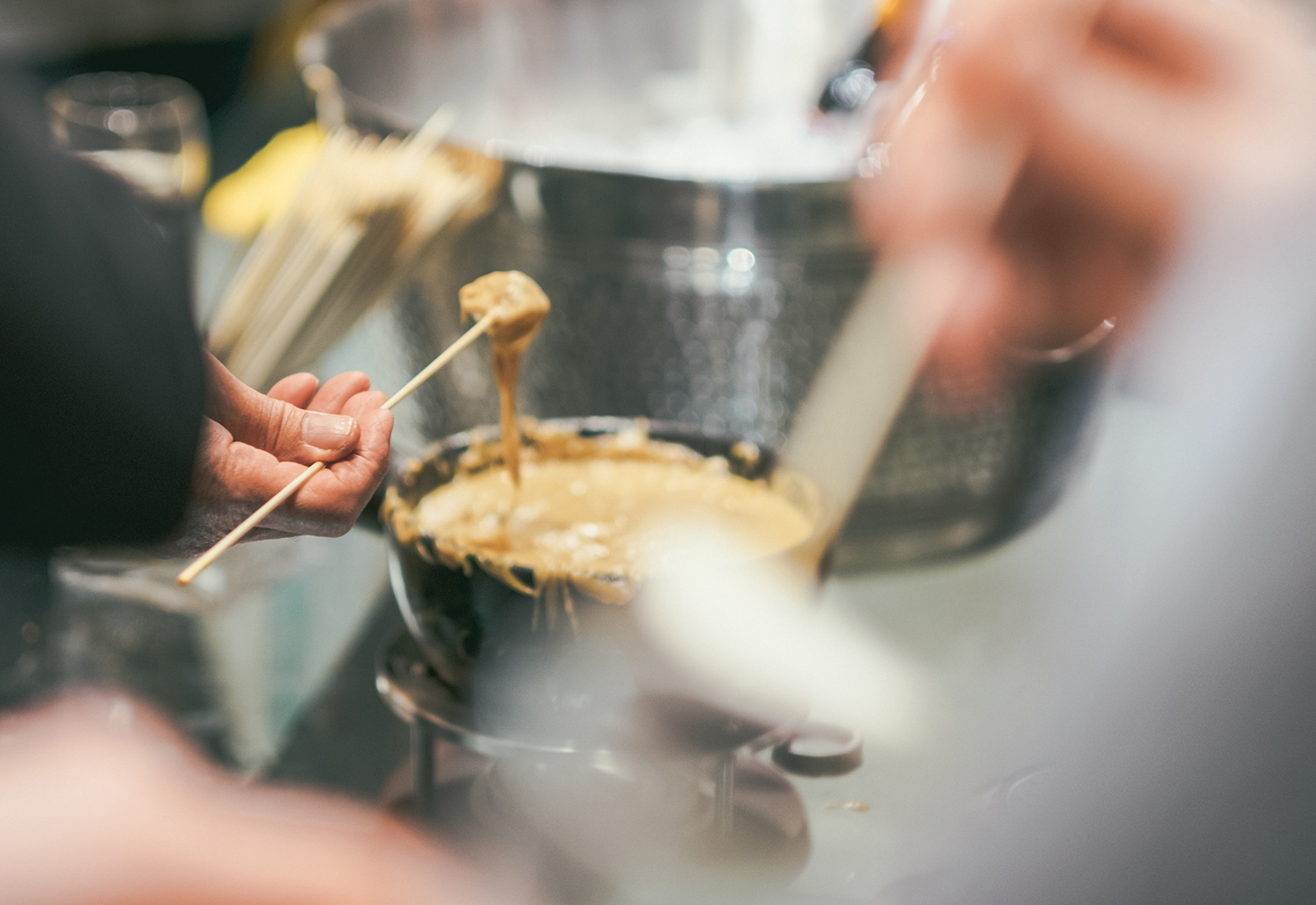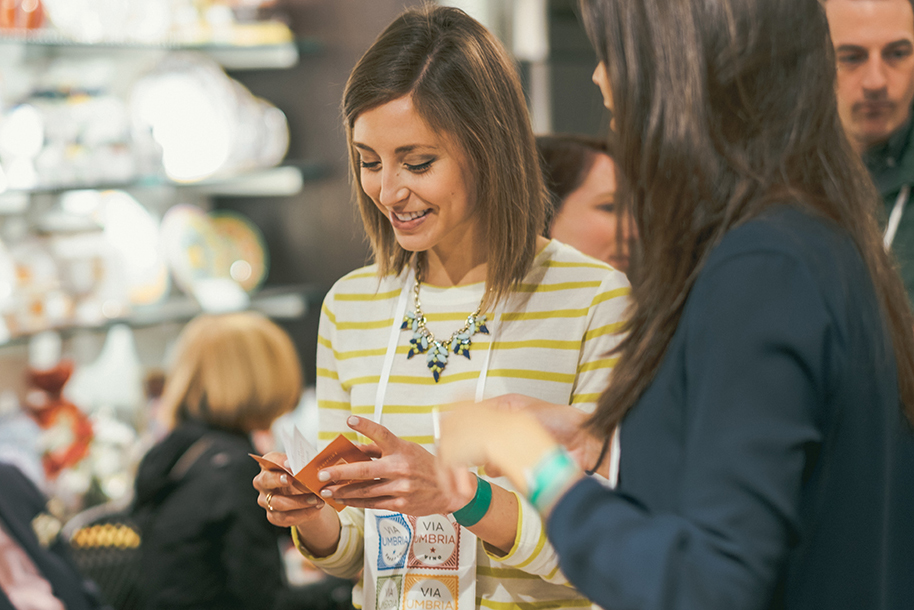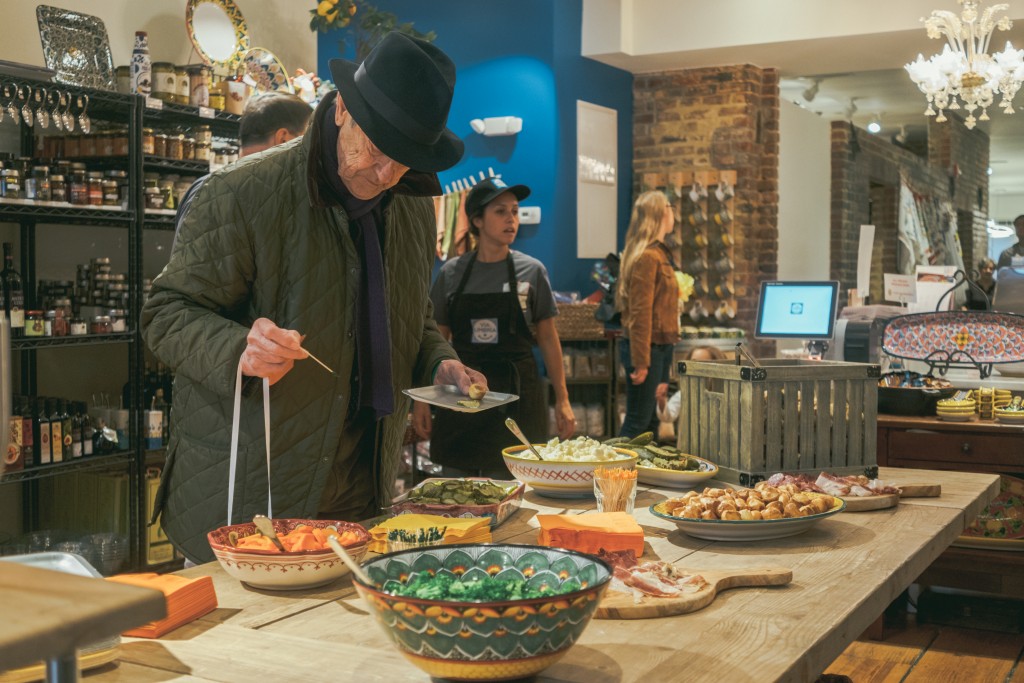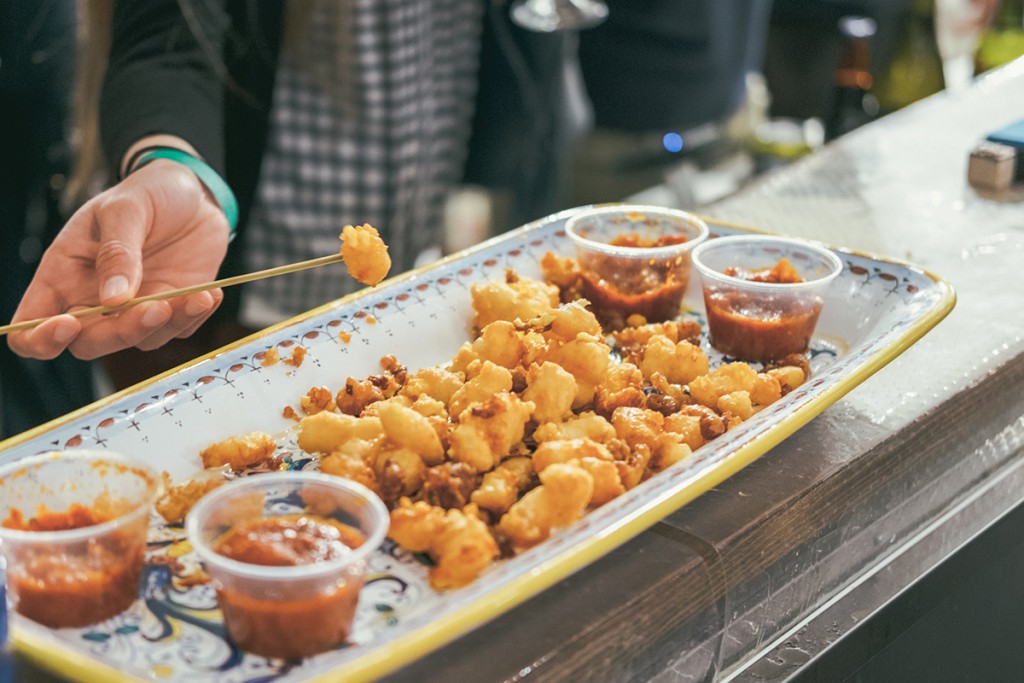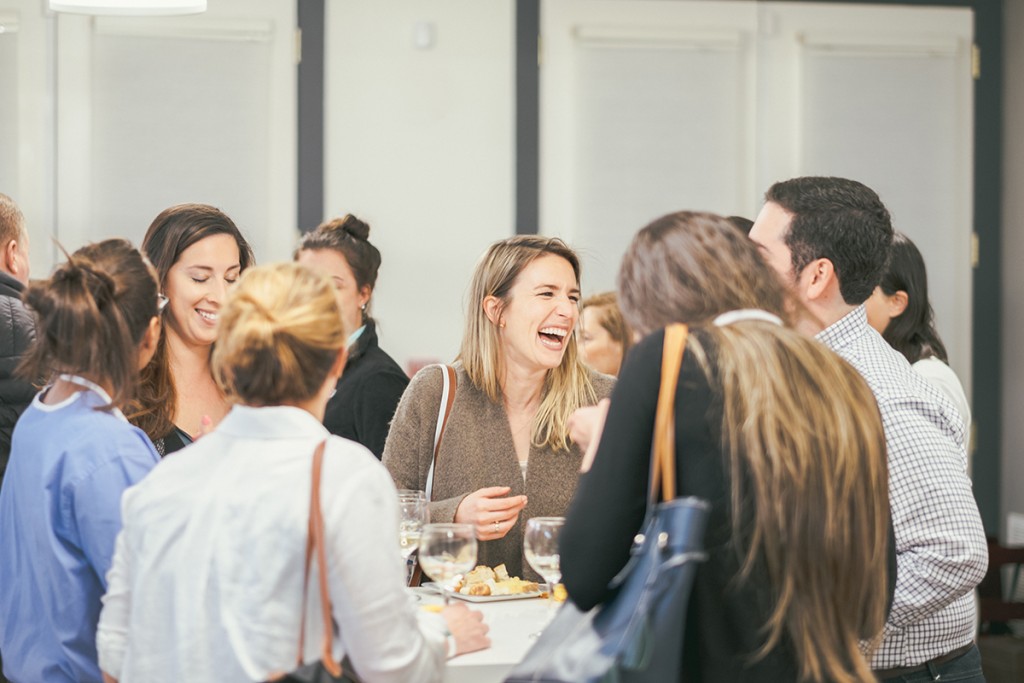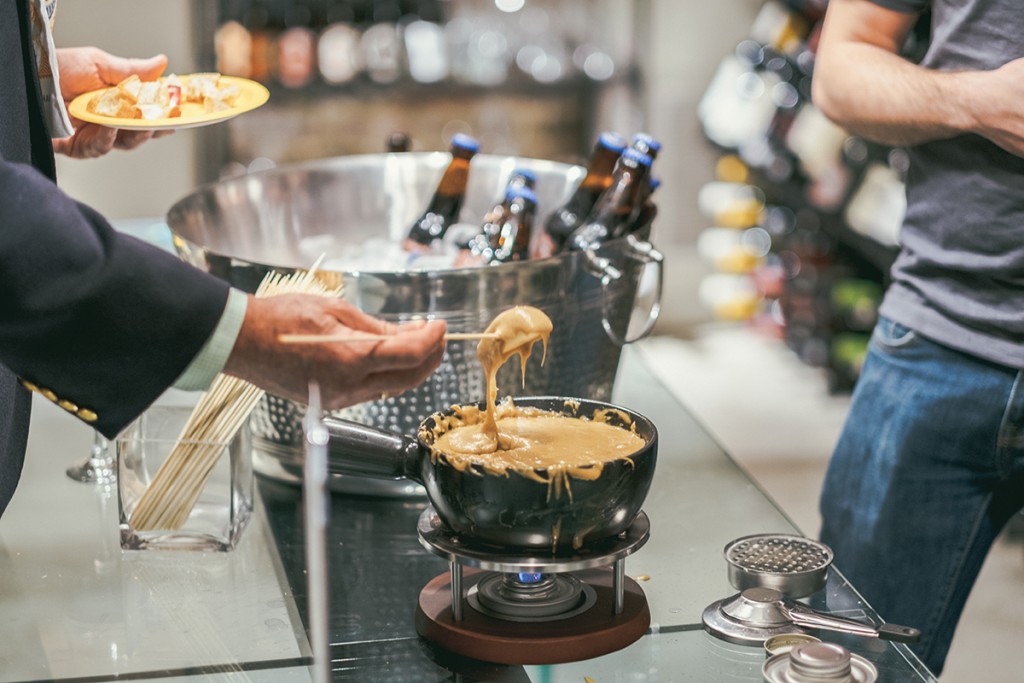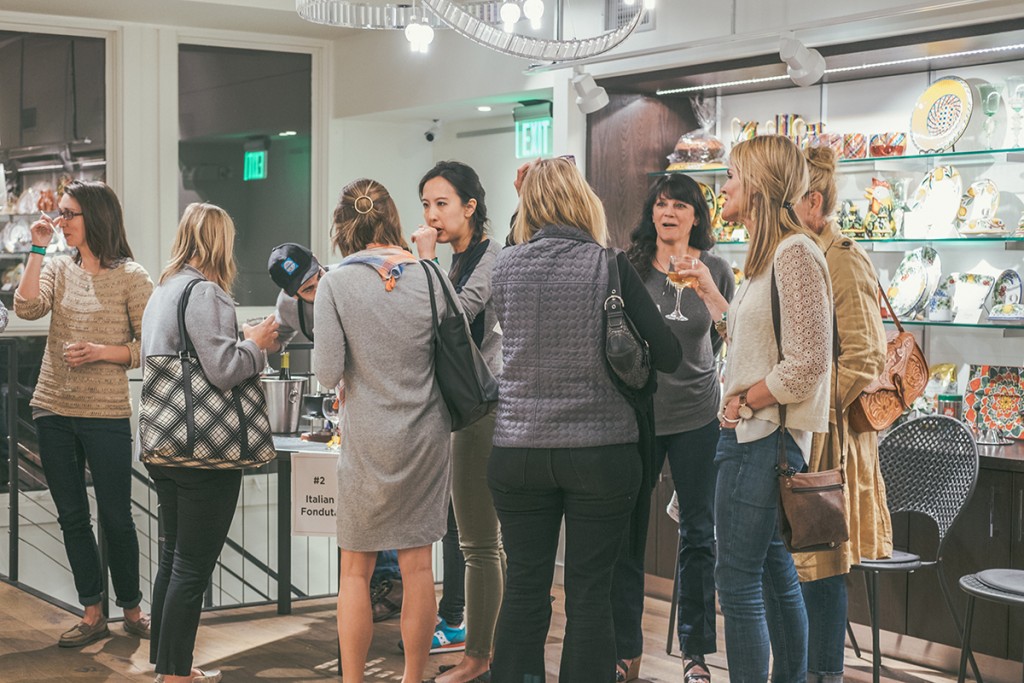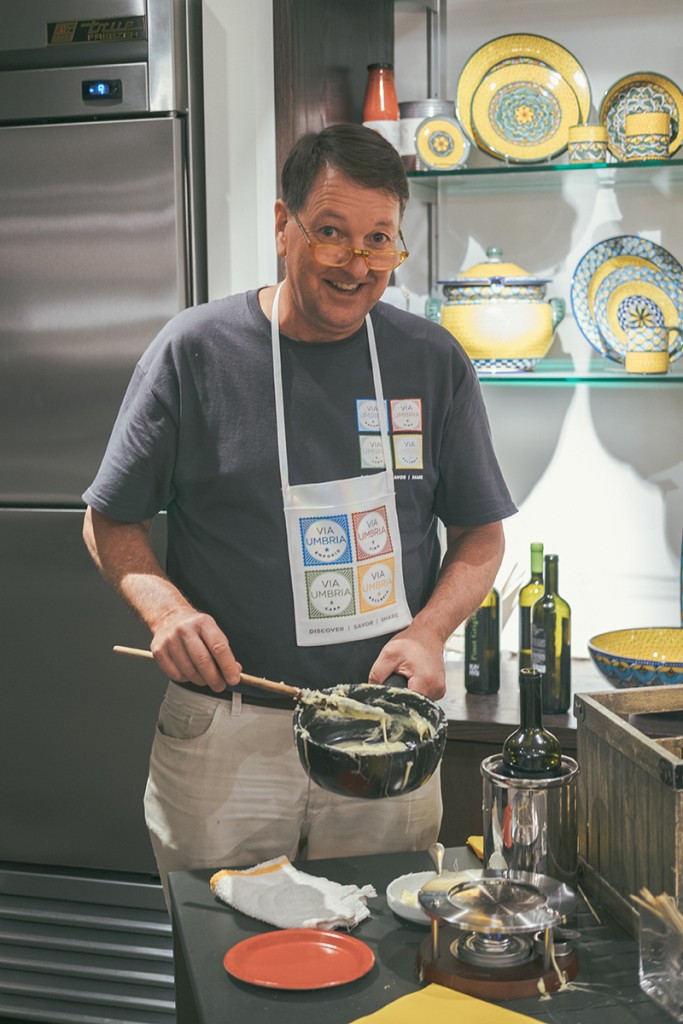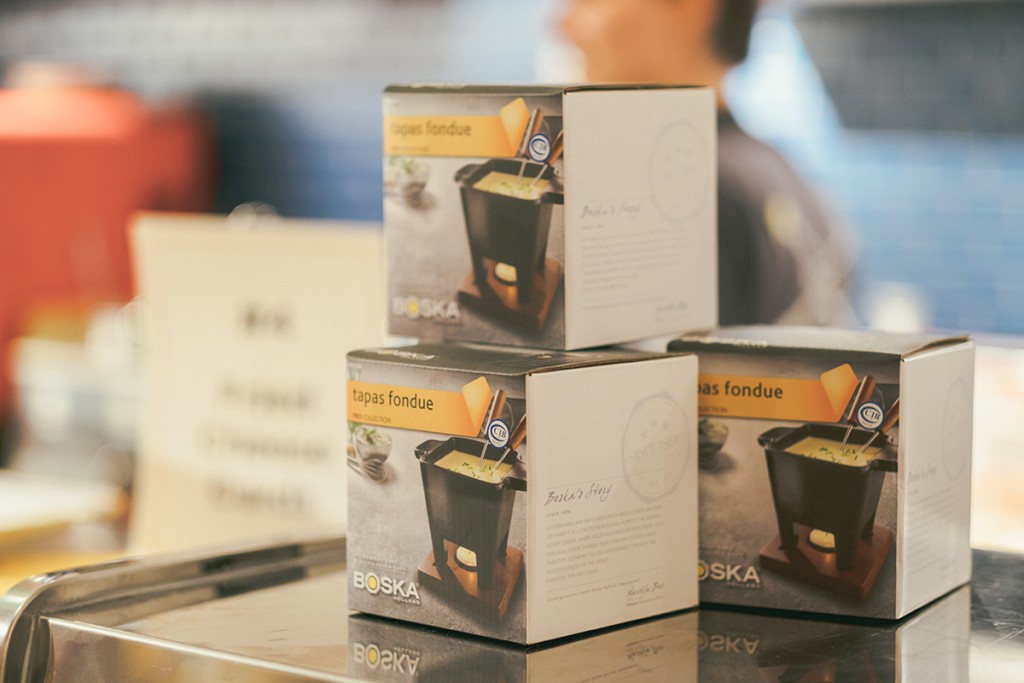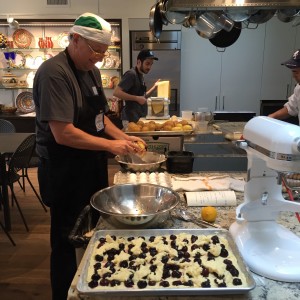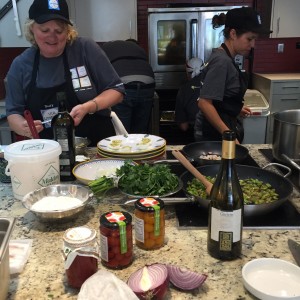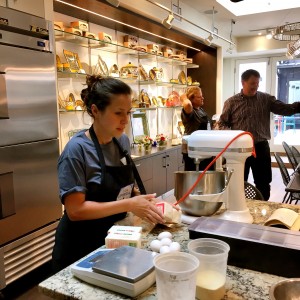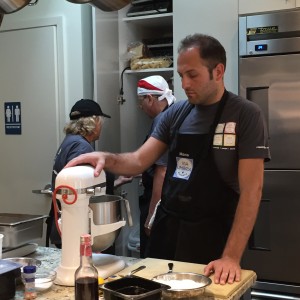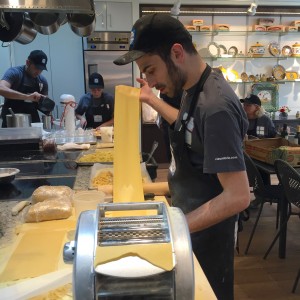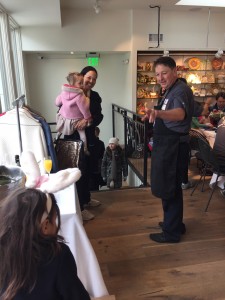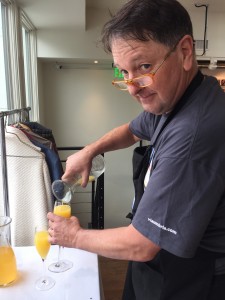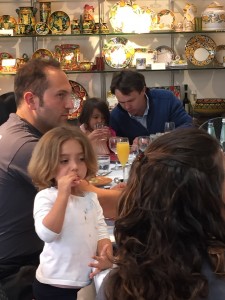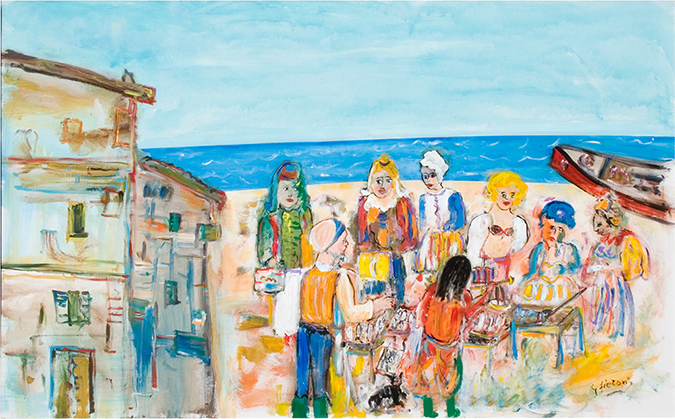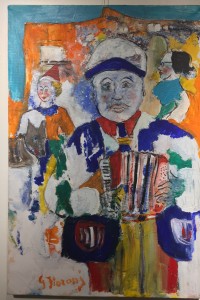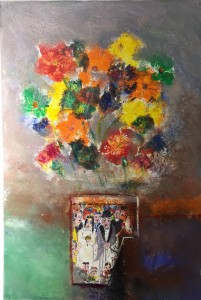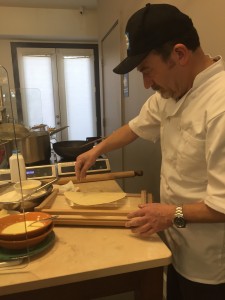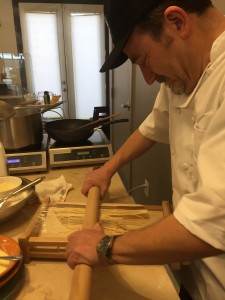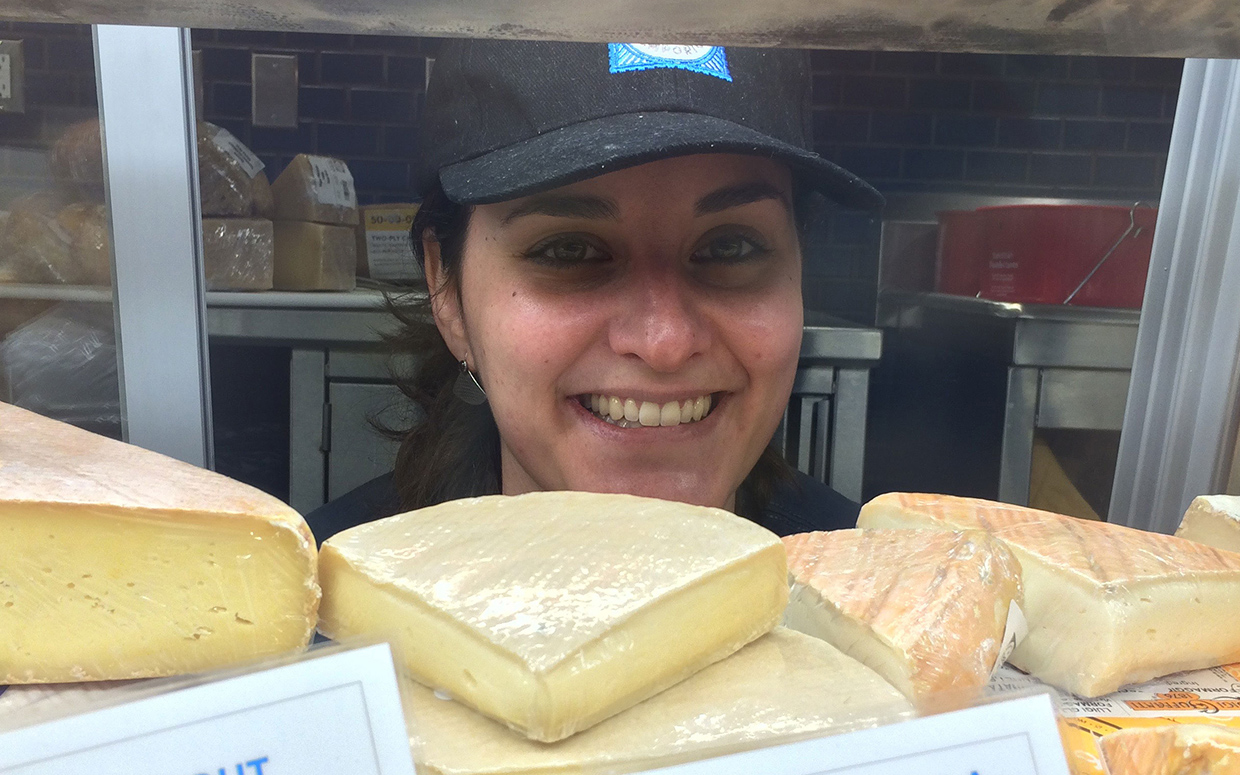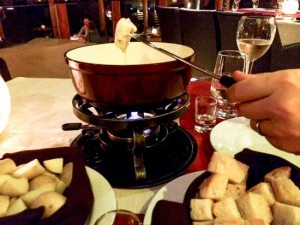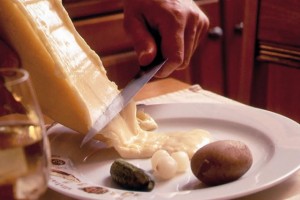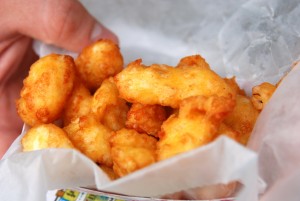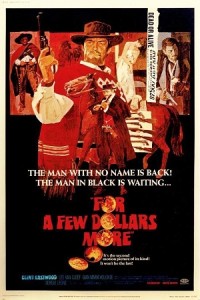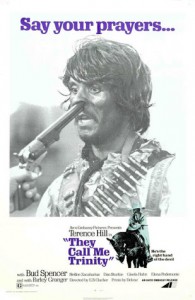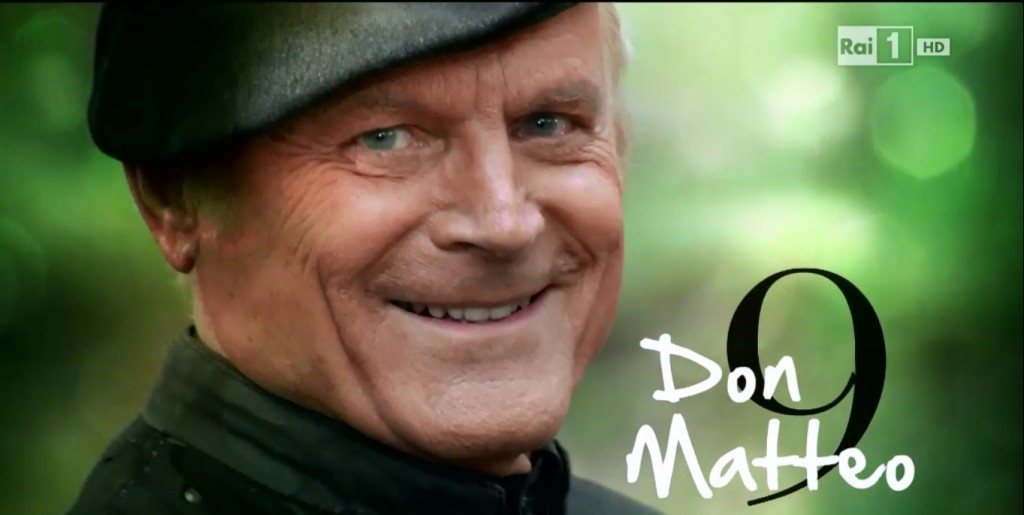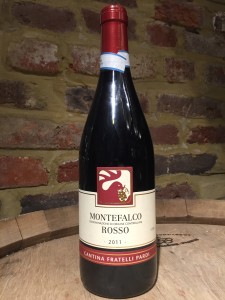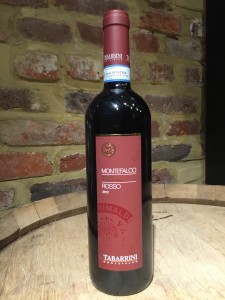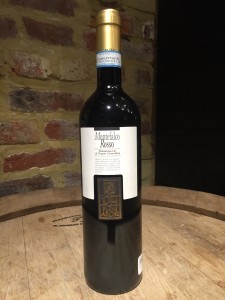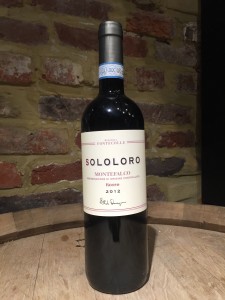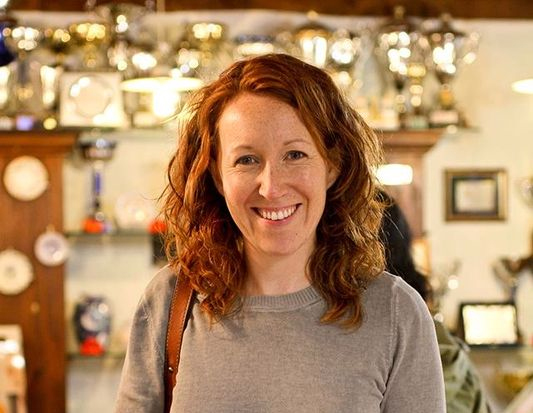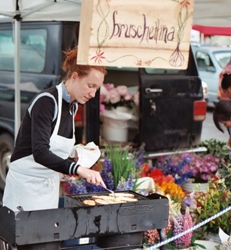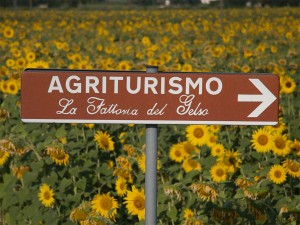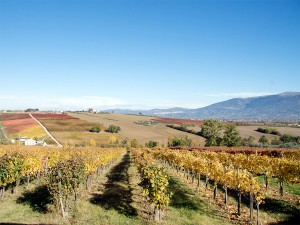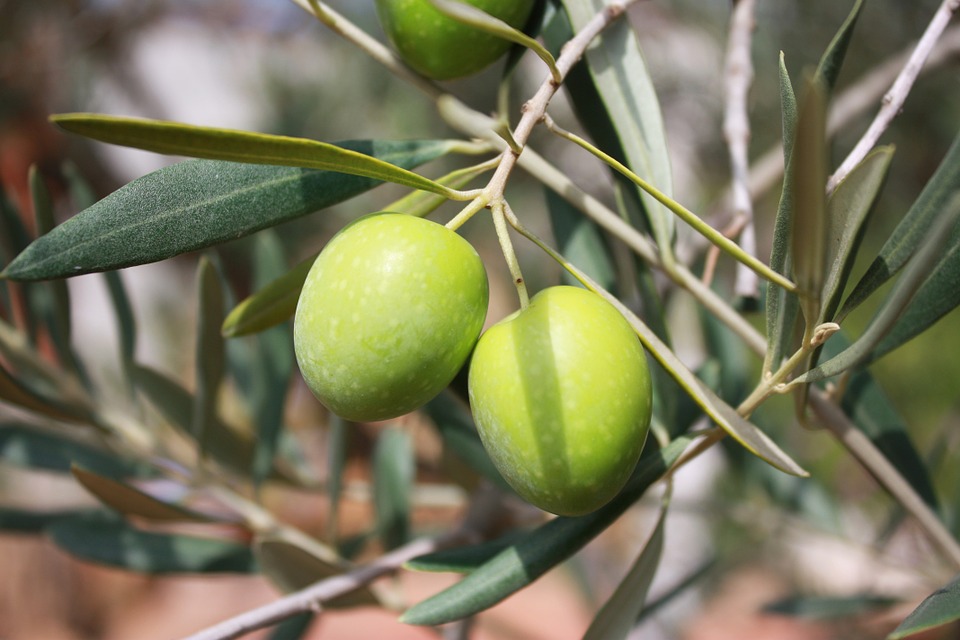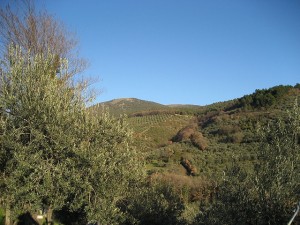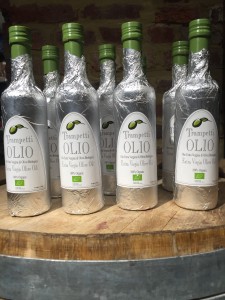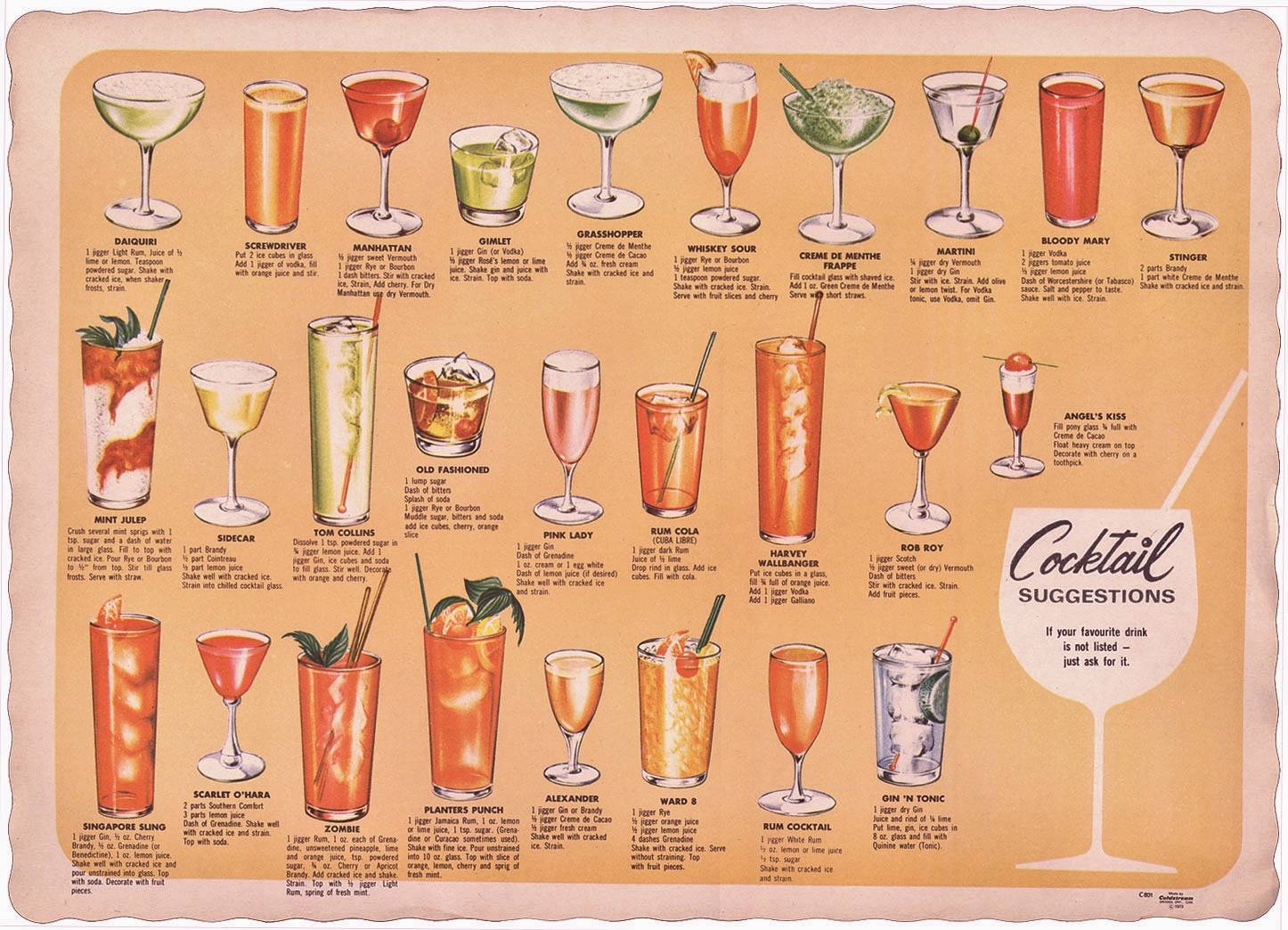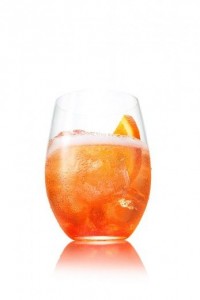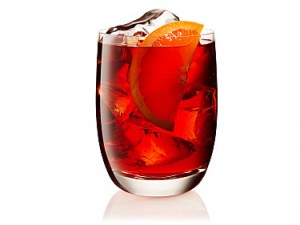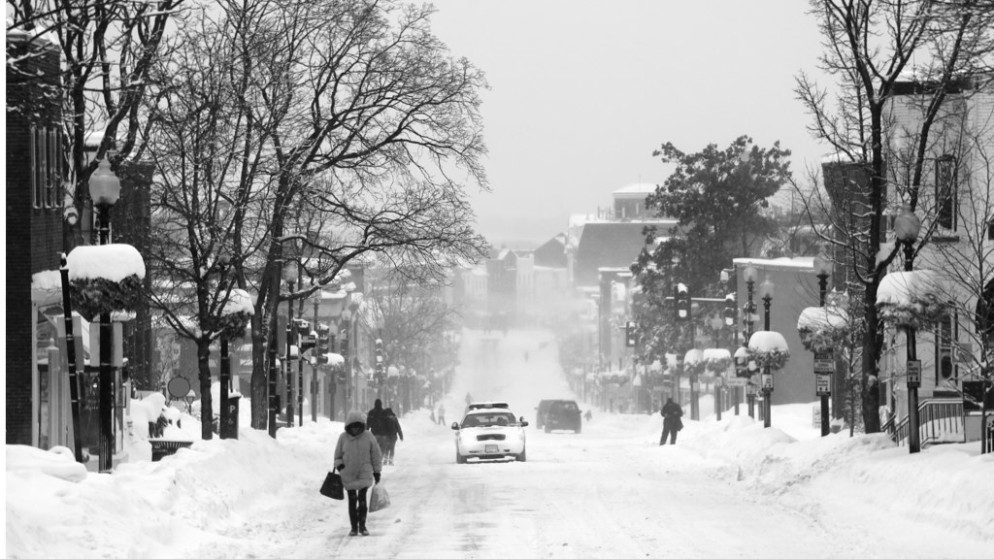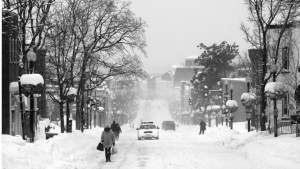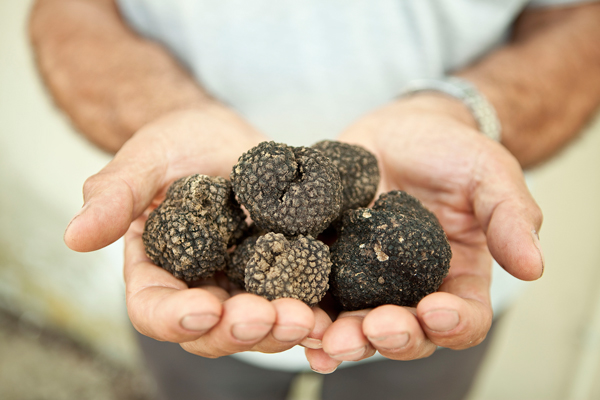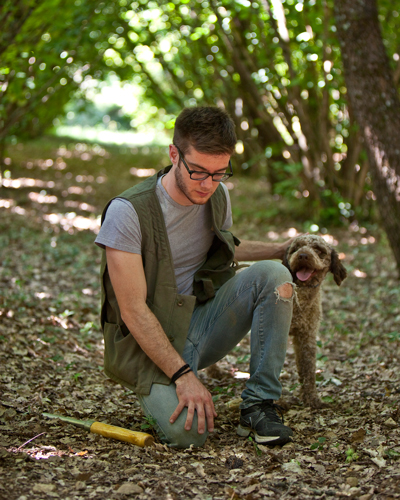On Wednesday March 30, passport in hand, our intrepid MELTers traveled through the raclette rivers and fondue forests to visit each of our five amazing cheese stations. First stop? The accompaniments table! A veritable cornucopia of mouthwatering treats from homemade pretzel bites to Gordy’s pickles, to a selection of our favorite charcuterie, this table featured something special for everyone (and every cheese).
Next, our fearless cheese fiends found sanctuary in a down-home Midwestern favorite: Wisconsin Cheese Curds. These ooey-gooey, deep fried pieces of heaven were an instant classic–especially when paired with Chef Johanna’s homemade marinara! Don’t just take our word for it though, stop by Spritz O’Clock soon to taste these mini marvels for yourself.
Further into the cafe, our daring patrons were treated to the dazzling spectacle (and mouthwatering aroma) of raclette being melted to order. When paired with Gordy’s Pickles and starchy potatoes, this station was a #MELTy indulgence beyond compare. For those of you looking to recreate this moment at home, stop by and pick up a Partyclette machine from our cheesemonger and be the host with the most at your next dinner party.
Before following the scent of cheesy goodness upstairs, our noshing nomads made a quick stop in the wine room for a triumphant taste of American Pub cheese. This beer based bite of bliss paired perfectly with the Port City Porter and Chef Johanna’s homemade pretzel bites. Pretzels, porter, and pub cheese? What more could a party provide?!
The answer to that question lay waiting for patrons upstairs in our laboratorio where Chiara was serving an Italian Fonduta over perfectly toasted baguette. This truffle infused #MELTy masterpiece was clearly a crowd favorite, as it was the first to disappear. Fortunately, Federico came to the rescue and delighted our dauntless diners with handmade cheese ravioli. For those who missed it, he will be hosting an encore pasta performance in the Cafe every day at lunchtime.
Last, but certainly not least, our gallant and engorged guests found themselves faced with a meal of mountainous proportions…or at least flavors. The Alpine Fondue station, featuring smooth, garlicky, Swiss flavors had everyone yodeling for more.
We would like to say a special Thank You to all of our courageous cheese connoisseurs for making this event such a success. We went through fifty pounds of cheese, but our cheese counter is still stocked! For those of you who weren’t able to attend (or want to relive the night), we have a special treat: visit our cheese counter and take home a fondue kit, specially curated by in-house Cheesemonger Alice Bergen Phillips and make a little #MELTed magic of your own.

